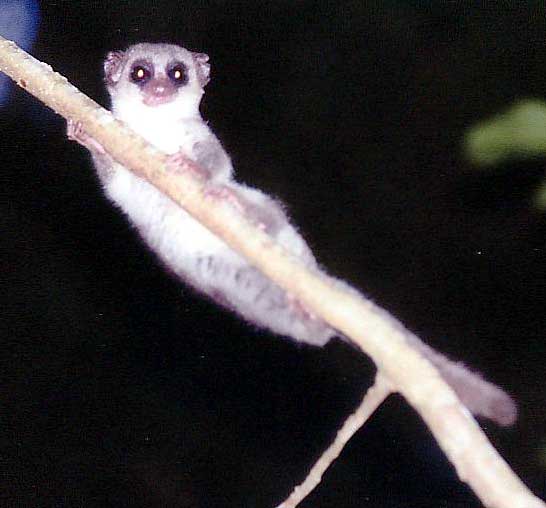Facts About Lesser (Fat-tailed) Dwarf Lemur
The fat-tailed dwarf lemur, also known as the lesser dwarf lemur, western fat-tailed dwarf lemur, or spiny forest dwarf lemur, is a unique primate indigenous to Madagascar. What sets this lemur apart is its remarkable ability to hibernate—the first tropical mammal and the only primate known to do so. It can remain in hibernation for up to seven months, primarily as an adaptation to survive the harsh, dry Malagasy winter. Interestingly, unlike hibernating animals in colder regions, this lemur does not regulate its body temperature during this period.
One exceptional feature of the fat-tailed dwarf lemur is its impressive lifespan. While most primates of its size have relatively short lifespans, this lemur can live for nearly 30 years in captivity. A critical survival strategy for this species is its ability to store fat in its tail, providing a vital energy reserve during its prolonged dormancy.
Regarding taxonomy, a population previously identified as the southern fat-tailed dwarf lemur, described by Colin Groves, was once thought to be distinct. However, genetic studies have since demonstrated that this population is identical to the fat-tailed dwarf lemur, and it is no longer classified as a separate species.
In terms of lifestyle, the fat-tailed dwarf lemur is nocturnal, meaning it is active during the night. Its diet includes insects, small animals, fruits, and flowers, with an adult typically weighing around 160 grams.
